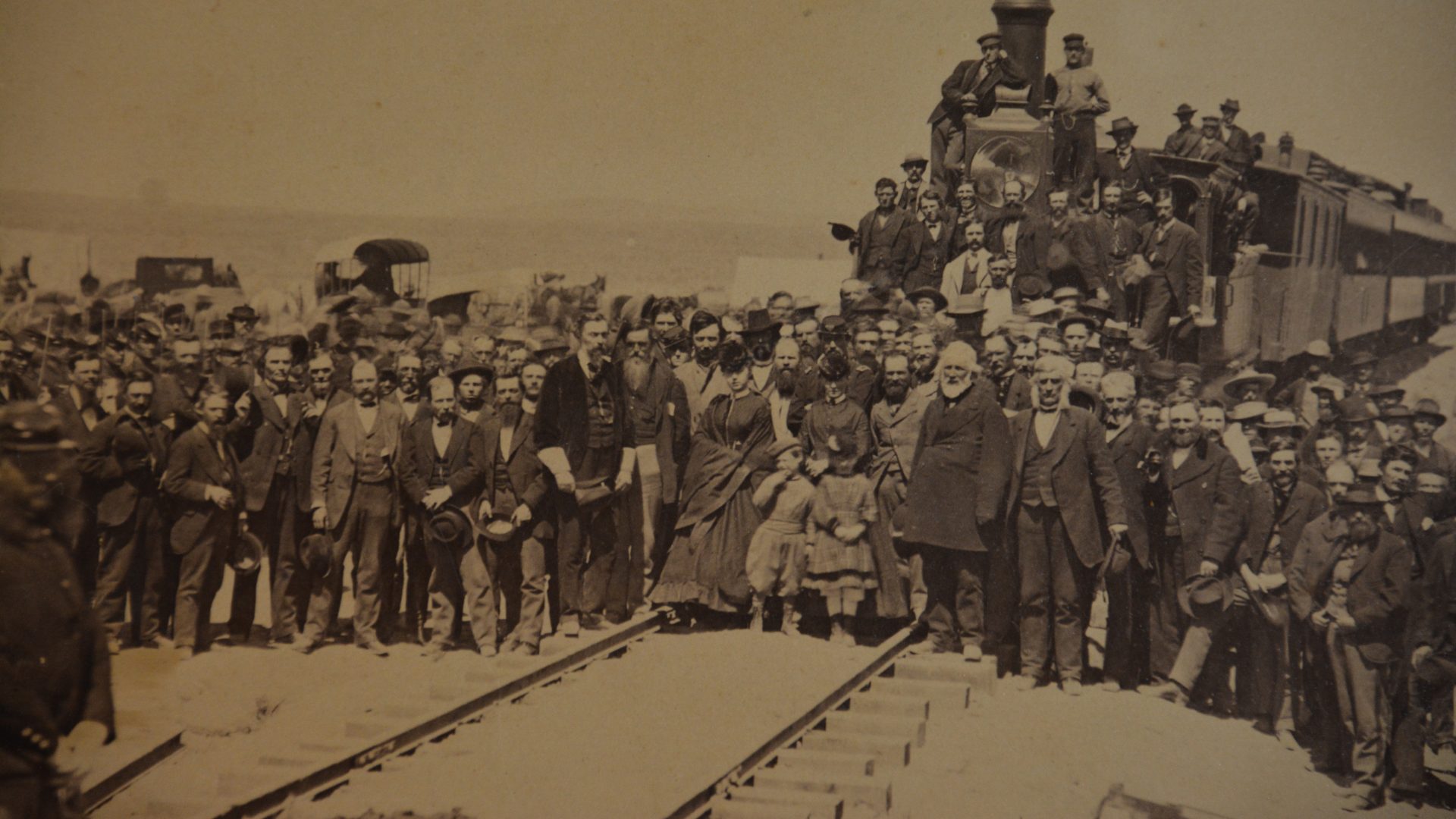Americans have always had a fascination with exploration, discovery, and starting anew, and this fascination continued into the 19th century. After the Civil War, the United States continued its westward expansion with renewed enthusiasm. Government-sponsored geological surveys like the Wheeler Survey provided valuable information to potential developers, military men, and frontiersmen, but they also produced incredible photographs of Western landscapes for civilians of all walks of life. These photographs not only shaped history, but have also figured prominently into our understanding of the American past and culture.
People’s’ understanding of Western landscape photography was shaped by the dominant cultural narratives of their time. Many 19th-century Americans believed in Manifest Destiny, the idea that the United States had an obligation to spread its heritage and democratic institutions across the continent. An essential aspect of Manifest Destiny was the belief in a cultural superiority that white Americans were duty-bound to impose on the Native and Hispanic populations that occupied the territories.
This belief in Manifest Destiny influenced the way people viewed the photographs of Western landscapes. They saw in these photographs a vast and beautiful land that was ripe for the taking. These landscape photos were not just pretty pictures, but rather they had an agency of their own. By perpetuating the image of the West as a land of opportunity, these landscape photos enticed men, women, and children to journey to the frontier in search of better opportunities. In this way, landscape photography also figured into the mythological interpretation of the West. On the frontier, the common man could till his own land and improve the conditions of himself and his family through his own hard work and grit. After all, the West itself appeared a place of boundless opportunity and resources.
Today, we must view 19th-century photographs of Western landscapes as a product of the competing motivations of those involved in their production. The photographs taken on geological surveys were officially intended to be a scientific tool, a documentation of the land’s features that would be of value to future expansionists. Whatever the original intended purpose of the photographs, the United States Army had its own agenda. A journalist went along on the expeditions to publicize the photographs in popular media with the goal of securing Congressional support for the financing of future surveys. Still, the photographer–in our case, Timothy O’Sullivan–had his own goals when taking the photos. O’Sullivan was, above all, an artist who hoped to ascribe an aesthetic value to the landscape. When we take into account the goals of those involved in producing these photographs, it is easy to understand why they obscure many of the hardships of life on the frontier. Settlers encountered disease, conflict with the natives, and the reality that the West was not quite as plentiful as it was so often portrayed. O’Sullivan’s beautiful photographs of Western landscapes fail to capture these hardships.
We could never expect a photograph to give us a full portrait of the West “as it was.” The frontier experience was different for every person who called it home. For many, the promises of the West would remain unfulfilled as they struggled for survival. Yet, although there were those who struggled, there were those who found success. The rise of a vast agricultural network and the prosperity of those who profited from resources such as gold and other mineral deposits are just a few examples of such success. When viewing Western landscape photographs, we should consider the vast range of frontier experiences and how American culture, both past and current, shapes our understanding of the West.





